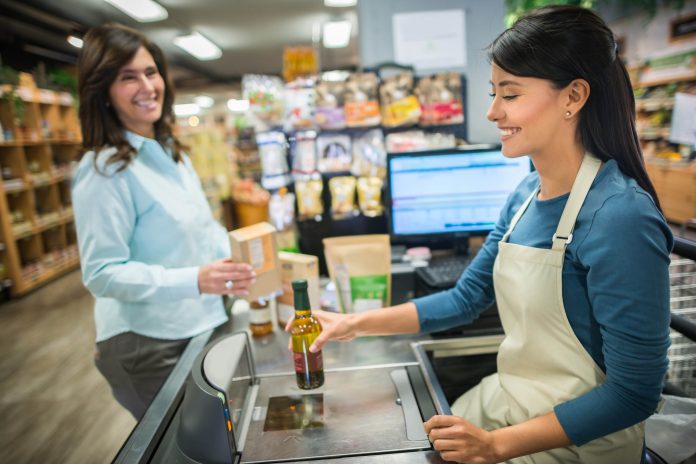Since its creation in 1973, the powerful barcode and symbol is now on over one billion products, and the ‘beep’ at the checkout counter is instantly recognisable around the world.
“The barcode forever changed the way we shop. All barcodes may look the same, but the power lies inside,” says GS1 Australia Executive Director and Chief Executive Officer Maria Palazzolo. “Thanks to GS1 global standards, a simple scan connects a physical product to digital information that flows seamlessly across the supply chain. From farm to store, barcodes—and the data behind them—enable more resilient and transparent supply chains.”
As the barcode turns 50, next-generation barcodes, such as two-dimensional QR codes, will once again change our lives in new ways.
“These new codes can capture unprecedented amounts of trusted data for businesses, regulators, consumers, and patients alike, offering much more than just links to web pages,” Ms Palazzolo said.
“They can tell a product’s ‘story’, where it comes from, if it contains allergens, is organic, how it can be recycled—and what its environmental footprint is. This new level of transparency will ultimately help people make smart decisions about what they buy and use.”
To usher in this new reality, GS1 is building a coalition of industry leaders to deploy next generation barcodes around the world.
“We need to replicate the ambition of the leaders who in 1973 came together for the common good. If we all transition to the next generation of barcodes powered by GS1, we will put technology at the service of efficient trade, more sustainable consumer shopping and patient safety,” Ms Palazzolo said.
At the end of 2020, GS1 launched a global initiative to transition from traditional to next generation barcodes together with key players in the retail sector. There are over 20 countries and districts including Australia, China, US and Brazil that have already started successful pilots. In 2021, GS1 China started to promote 2D barcodes and 20 major key branches—including the Zhejiang Branch of GS1 China (Zhejiang Institute of Standardisation)—have joined the project. In Australia, a 2D program designed to create awareness, build capability and support adoption is currently in full execution.
“The GS1 barcode is globally-recognised and ready for new business. We have experienced fifty years of the barcode transforming how we buy and sell things. As consumers rightly demand more and better product information, and the planet requires us all to maximise the power of data for smart and efficient decisions, we are now launching a global transition from traditional barcodes to next generation barcodes and we welcome everybody on board for this journey,” Ms Palazzolo said.
GS1, the organisation behind the barcode, has evolved over the last five decades, from a standards organisation towards a standards and services organisation currently present in 116 markets. More and more, GS1 is empowering businesses of all sizes to take their digital transformation journey to the next level, ultimately benefiting consumers and patients.
![]()


